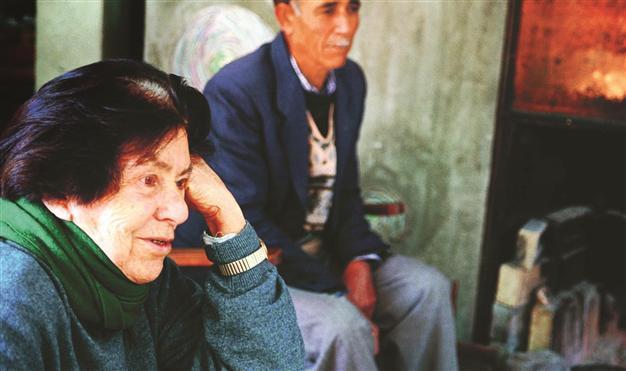A life dedicated to archaeology: Halet Çambel
ISTANBUL

The Karatepe-Aslantaş Open Air Museum was opened mostly thanks to Çambel's contributions.
Istanbul University’s retired academic and writer Professor Halet Çambel, who was the pioneer of the Turkish archaeological world, was found dead in her home Jan. 12. She was 98.
Delivering a message on her death, the Culture and Tourism Minister Ömer Çelik expressed his deep sadness for losing Çambel. “We will always remember Çambel for the structures she brought in the history of mankind and the valuable people whom she trained,” he said.
Born in Berlin on Aug. 27, 1916, Çambel received undergraduate training in archaeology at the Sorbonne University in Paris and received a doctorate in 1940 from the University of Istanbul. She competed in the women’s individual foil event at the 1936 Summer Olympics, becoming the first Muslim woman ever to compete in the Olympics. She was also a member of the German Archaeology Institute.
In Hittite history studies, initiated with the order of Mustafa Kemal Atatürk, Çambel worked in the Hittite city of Çorum-Hattusa excavations and was a part of the team that discovered thousands of tablets in Hattusa.

Halet Çambel received the Culture and
Arts Grand Award from President
Abdullah Gül in 2011.
Çambel made great contributions to the opening of Turkey’s first open-air museum, the Karatepe Aslantaş Open Air Museum in Osmaniye’s Kadirli district. The site is also part of the Karatepe-Aslantaş National Park.
After the site was discovered in 1946, it was excavated between 1947 and 1957 by a team led by Çambel and German professor Helmuth Bossert. Restoration was then carried on for many years, which included some further findings. Çambel spent much of her life in this tumulus. She played a key role in understanding of Hittite hieroglyphics by discovering a tablet with the Phoenician alphabet, which allowed philologists to decipher inscriptions.
Although he was not an architect, Çambel’s husband Nail Çakırhan was deemed worthy of the Aga Khan Award for Architecture, which was established by Aga Khan IV in 1977, because of his success in the restoration of this excavation site.
Culture & Arts Grand Award Recipient of Culture & Arts Grand Award There is also a school with Çambel’s name in Kadirli. For many years, she worked at educating villagers living around the tumulus.
The Culture and Tourism Ministry presented Çambel the Culture and Arts Grand Award in 2010. She was deemed worthy of the award along with Professor Nimet Özgüç because of her achievements in the field of archaeology and her great contributions to the science of archaeology. She received her award from President Gül at a ceremony in February 2011.
A ceremony will be held for Çambel today at the Istanbul University Faculty of Literature. Her funeral ceremony will be held tomorrow in her village in the western province of Muğla and she will be buried next to her husband, who died in 2008.

